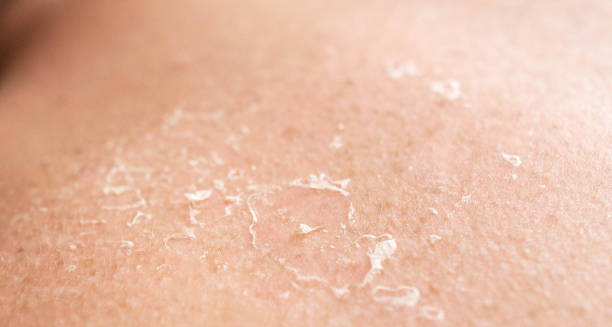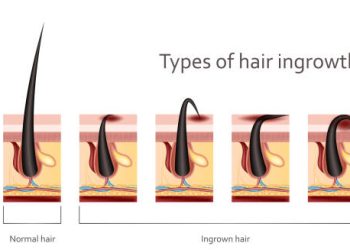Symptoms of Epidermolysis Bullosa
The symptoms of epidermolysis bullosa vary depending on the type and severity of the condition. However, all forms share one core characteristic: fragile skin that blisters and tears with little or no friction. Epidermolysis bullosa can affect not just the outer skin but also internal linings like the mouth, oesophagus, and urinary tract.
Common Skin Symptoms
Blistering from minor friction, such as rubbing clothing or gentle pressure
Skin peeling or open sores after blister rupture
Slow-healing wounds that may become infected
Scarring, especially in dystrophic EB
Thickened skin on the palms and soles
Loss of fingernails and toenails
Blisters may appear anywhere on the body but are especially common on the hands, feet, knees, elbows, and areas under pressure from medical devices or footwear.
Internal Symptoms
In more severe forms, EB affects the inner body:
Mouth and throat blisters that make eating painful
Difficulty swallowing, due to scarring in the oesophagus
Voice changes, if blisters form on the vocal cords
Urinary issues, from damage to the lining of the bladder or urethra
Dental problems, such as tooth decay and fragile enamel
Long-Term Effects
Anaemia, from chronic blood loss and poor nutrition
Malnutrition, due to pain while eating or limited food choices
Joint contractures, where scarring pulls joints into fixed positions
Reduced mobility, from pain and damage to feet or legs
Increased risk of skin cancer, especially in older children and adults with severe EB
Symptoms of Epidermolysis Bullosa in South Africa
In South Africa, children with EB may face additional challenges due to poor access to specialised wound care, nutritional support, and physiotherapy. School attendance can be limited, and families may struggle to afford dressing supplies or pain medication.
Despite these challenges, many families find ways to adapt through strong support networks, education, and community health initiatives. NGOs and advocacy groups are increasingly active in providing resources and raising awareness.
Recognising the symptoms of epidermolysis bullosa early can lead to better pain management, fewer infections, and more effective long-term care.
[Next: Diagnosis of Epidermolysis Bullosa→]


